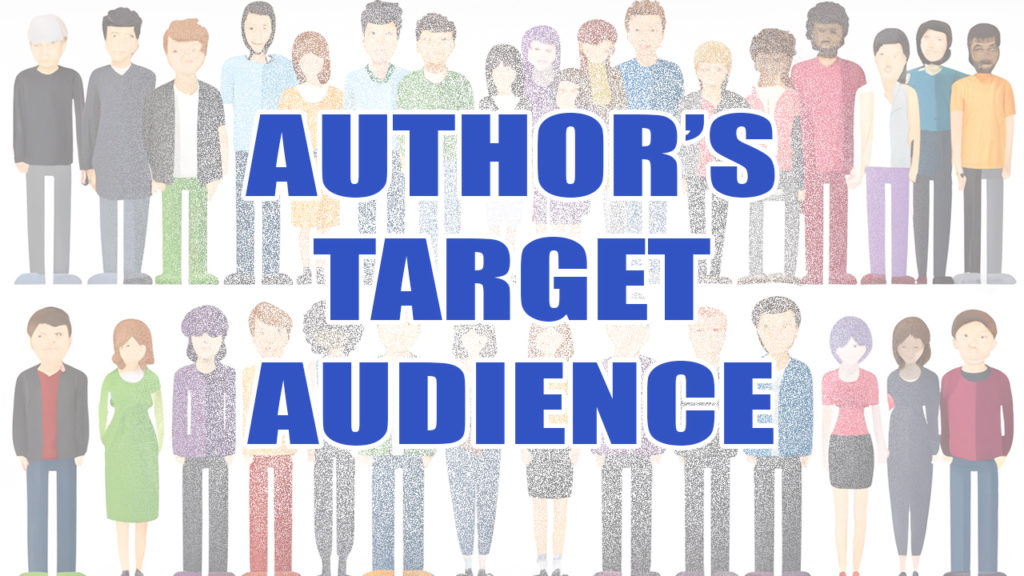
Define what a Target Audience is
A target audience refers to a specific group of people who are most likely to be interested in and purchase a product or service. In the context of an author, the target audience is the specific group of readers who are most likely to be interested in reading their book. A target audience can be identified based on various factors like age, gender, interests, reading habits, and demographics. Understanding the target audience is important to help tailor your marketing efforts to reach the right readers.
How do I find a target audience for my book?
Basically we need to answer the following questions:
- Where Are They?
- Who Are They?
- Why Do They Buy?
- How Do They Buy?
To better understand how to answer these questions we will take a look at the following:
- Genre: Identify the genre of your book and determine the type of readers who are interested in that particular genre.
- Demographics: Analyze the demographics of your potential readers, such as age, gender, location, education, and income.
- Interests: Understand the interests of your potential readers, such as hobbies, preferences, and lifestyle choices.
- Psychographics: Analyze the psychological and behavioral factors of your potential readers, such as values, beliefs, personality traits, and attitudes.
By considering these four factors, an author can develop a better understanding of their target audience. It’s important to note that the target audience may vary depending on the type of book and the marketing strategy. Regularly revisiting and analyzing your target audience is essential to ensure that your marketing efforts are effective.
Let’s get a little more in-depth on finding our target audience
As a new author, determining your target audience is essential. To identify your target audience, you should consider the genre, style, and themes of your writing.
Start by asking yourself what kind of story you are telling, who would be interested in reading it, and why. Think about the age range, gender, and interests of your potential readers. You can also research your competitors to see who their target audience is and what kind of marketing strategies they use.
Once you have identified your target audience, tailor your efforts towards them. This can include advertising in the appropriate publications, reaching out to bloggers and influencers who appeal to that audience, and utilizing social media platforms that are popular among your target audience.
How do I identify my target audience?
To identify your target audience as an author, here are some steps you can follow:
- Define the genre of your book: Understanding the genre of your book is crucial and helps you identify the readers who are interested in your type of book.
- Determine the age group: Deciding the age group helps you tailor your marketing efforts accordingly. For example, if your book is for young adults, you can market it on social media platforms that are popular among young adults.
- Research the competition: Analyzing the social media pages, reviews, and book descriptions of authors who write in the same genre as you will help you determine their target audience. This will give you valuable insights into your potential readership.
- Analyze the themes: Identify the themes in your book and determining who they appeal to.
- Consider the gender: Understanding if your book appeals more to men or women or both will help you create marketing campaigns that resonate.
- Conduct surveys or polls: Surveys and polls can help you gather valuable information. For example, you can ask questions about your current audience’s age, gender, interests, and reading habits.
- Get feedback: Share your book with friends, family, and beta readers and get their feedback. Their feedback can also help you improve your book and make it more appealing to your target audience.
Once you have identified your target audience, you can tailor your marketing efforts. It’s essential to keep in mind that your target audience may shift and evolve over time. Stay open to feedback and adjust your marketing strategies accordingly. With a clear understanding of your target audience, you can focus your efforts.
Find your competitor’s target audience
- Identify your competitors: First, make a list of your competitors who write in the same genre. This could be authors, publishers, or websites.
- Analyze their social media pages: Look at your competitors’ social media pages. Analyze their posts, likes, and comments to determine who their followers are and what kind of content they engage with.
- Read their book descriptions: Read the book descriptions of your competitors’ books to understand the themes, plot, and characters.
- Analyze their reviews: Look at the reviews of your competitors’ books. Analyze the reviews to see who the readers are, what they liked about the book, and what age group they belong to.
- Check out their blogs and websites: Check out the blogs and websites of your competitors to see what kind of content they produce. Analyze the comments section to see who their readers are and what they are interested in.
- Attend book fairs and conferences: Attend book fairs and conferences related to your genre to meet and network with other authors and readers.
By your competitor’s target audience you craft a targeted marketing strategy. However, it’s important to keep in mind that your target audience may not necessarily be the same as your competitors. So, make sure to analyze and understand your readers’ preferences and interests.